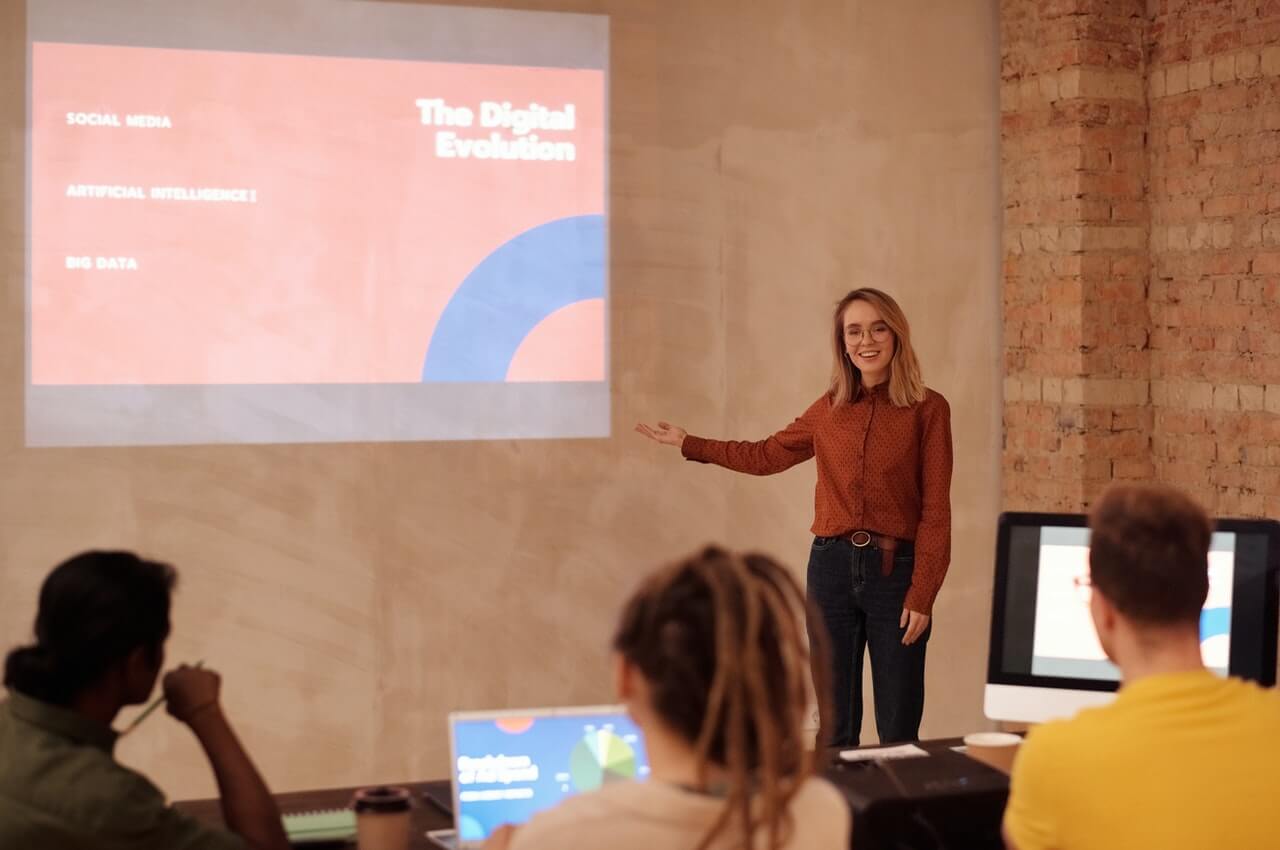Are Your Cave Drawings Distracting Your Audience?
It is an abuse of a less serious nature, but important in the world of training and development, and of course, public speaking in general. I thought I’d dwell on a Cave Man basic of training a little. Using visual aids. My cave drawings were distracting my audience. Or, am I distracting my audience from enjoying my visual aids. Ever happen to you?
This a more traditional blog for me, but I thought it was time to direct some energy toward a basic, but essential part of training–the presentation or delivery of training, and the most important tool we have to use. After ourselves, of course. I’m talking about visual aids, how we abuse them, and hopefully, how not to abuse them.
The biggest problem speakers and trainers have with visual aids is in speaking to these inanimate objects in most cases and not their audience. We don’t yell at these objects. Maybe we curse the technology when it fails, but for the most part, we love our visual aids–especially when they work for us. However, when we fail to use them as intended, we are abusing them.
We like to use them as an outline or cue cards for what we are about to say. This becomes a problem when we get lazy, thinking the visual aid is what matters most. We need to go back to the basics once in awhile and think again who all this is for. We need to not insult our audience by reading the slides verbatim. While it is perfectly fine to refer to a bullet point or two and expand on it, taking each one becomes, not only repetitive, but also turns what could have been interesting, given your point of view, an exercise in the mundane. A speaker or trainer should never be mundane.
We should be about dynamic presentation, using those aids as intended, to enhance and add impact. Visual aids can also be the spice, adding beauty and clarity. A visual aid, such as a basketball being dribbled in by the speaker, serves to get our attention. Of course, the speaker should be talking about basketball or dribbling and use it as visual aid to elicit attention or make a point.
Bad visual aids can ruin a speech. Good visual aids can make it dynamite. If we don’t abuse them.
Even though we all know the rules, we can’t help but show all we know, be artistic if we are that, or technical/special effects genius–if we are that. Herein lies the danger: making too much of the visual aids we use or forgetting (a momentary lapse, I’m sure) of why we use them in the first place.
Amateurs put too much on a slide. “But the information is exactly what they need to know?” Yes, but do they need it at the exact moment you are speaking. I hope not–because that would be a pretty boring presentation. Take someone helping others to fill out forms. What happens when that form is blown up on the screen as a visual aid? Nothing! Well, eyes glaze over. When you do that no one’s going to read the document. If you pass a copy out to the group or even each individual, you will lost the entire group’s attention. Make an abbreviated snapshot but provide a copy the whole document as a handout if necessary. Make that handout (also a visual aid by the way even though you are handing it out) available at the end of the speech or training session unless you want your trainees or audience focusing on the printed page instead of listening to you. When you do that–even if the form or document is the subject of your presentation–you lose your value as a speaker. Once in the hand of the trainee or audience member, you’ve lost them to the printed page.
Better to focus your talk on what the audience needs to hear. If your talk is to help them understand the document, focus on what will guide them on their own–unless you are doing an over-the-shoulder with each of them.
Let’s not forget the basic advantages of visual aids. They do give us clarity, add interest, help people retain information, provide additional credibility, and an artful or dramatic image can be persuasive.
You’ll find the rest in an speech book chapter on visual aids.
Keep in mind. Good visual aids are one thing and how you use them is another. Simple is better than complex. You can either show us pretty pictures, put up lots of unusable data, make our audiences work harder or you can direct them to what you want them to see.
I know this is basic, but I still see visuals abused every day in the conference room, presentations that evoke boredom, elicit questions of “why me,” or “that’s cool, but what does it have to do with anything?” If your audience is thinking about your visuals in any way other than seeing them as adding to your presentation, something is seriously wrong. For lack of good visuals an entire presentation of valuable information, a speech of substance and meaning becomes a meaningless exercise. Visuals are an important part of the package, yes, but not all.
We all know the audience comes first. The speech or training is about them, and not about us; however, it is not about our visual aids either. We are married to our visual aids when we use them. Don’t abuse them.
Can’t get more basic than that from the Cave Man tradition. It’s tough writing on walls. Just enough works all the time.
—
For more resources about training, see the Training library.
Enough from the Cave Man. More platitudes and ruminations can be found on my website under What I Say. I am available for public speaking, presentation delivery and design, training development, consultation, speech and presentation coaching, etc. Just give me a call. My eBook, The Cave Man Guide to Training and Development, is out and available through major distributors, and I have a second book in the works based on many of my blogs here that I hope to publish early next year.
Meanwhile my dystopian novel, Harry’s Reality, is being offered through Amazon. Believe it or not, it’s about a world and a time when we don’t need people to ruin the world for us and we turn to an evolving artificial intelligence to fix the mess we started. Sound familiar? Not with all the twists, I put in it. ‘Nuff said for now. Happy training.
 Sections of this topic
Sections of this topic
